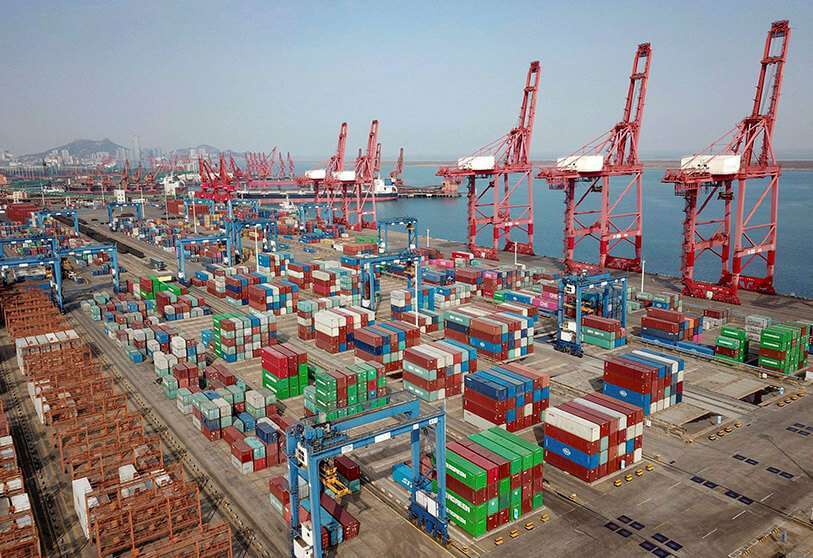China's economy to grow by 9% in 2021

Crédito y Caución expects the Chinese economy to expand by almost 9% in 2021. Contrary to the global recession, the Chinese economy already grew by 2.3% in 2020. The recovery accelerated in the last months of the year, supported by strong growth in goods exports in the fourth quarter. In the medium term, however, growth is expected to slow. According to Crédito y Caución's estimates, between 2022 and 2025, GDP growth will be below 5% per year, due to continued tensions with the US, the drive towards self-sufficiency, a high savings rate, a rapidly ageing population and overcapacity in several industrial sectors. Although the risk of a systemic financial crisis is low, a rebound in credit would increase the default risks for Chinese companies in the coming years.
China’s ongoing efforts to rebalance the economy (away from export-oriented investments towards more consumption-led growth) will be reinforced by the efforts of the US the European Union and Japan to reduce their reliance on China. Additionally, Beijing puts emphasis on increasing technological self-reliance (e.g. in the strategic fields of 5G, the ‘internet of things’ and cloud computing), in order to reduce its dependence on other countries, in particular on the US. The so-called ‘dual circulation’ concept is about improving the domestic circulation of demand and supply with the intention to make the Chinese economy more robust against shocks.

In 2021, with the pandemic contained, consumption and business investment are expected to grow strongly, due to the reduced impact of the coronavirus on consumer spending and improved profitability. The main downside risk to China's growth will be the materialisation of a new wave or further spread of variants of the virus, affecting the overall growth that drives Chinese exports. Another downside risk is the trade conflict with the US: the current administration has not lifted tariffs and a further escalation of the trade dispute is not out of the question.

High public debt remains a structural problem. Over the medium term, the administration faces a difficult balancing act between supporting economic growth and orderly deleveraging. In line with the strong rebound in growth, the authorities have started to tighten monetary policies and reduce fiscal support stemming from the pandemic. So-called increased public debt, which includes the central government, local governments, their financing vehicles and other extra-budgetary activities, is projected by the IMF to amount to 96% of GDP this year. Even more worrying is corporate debt, which stands at around 160% of GDP. Household debt is lower, at close to 60% of GDP, but has been rising steadily over the last five years as a result of mortgage lending.








